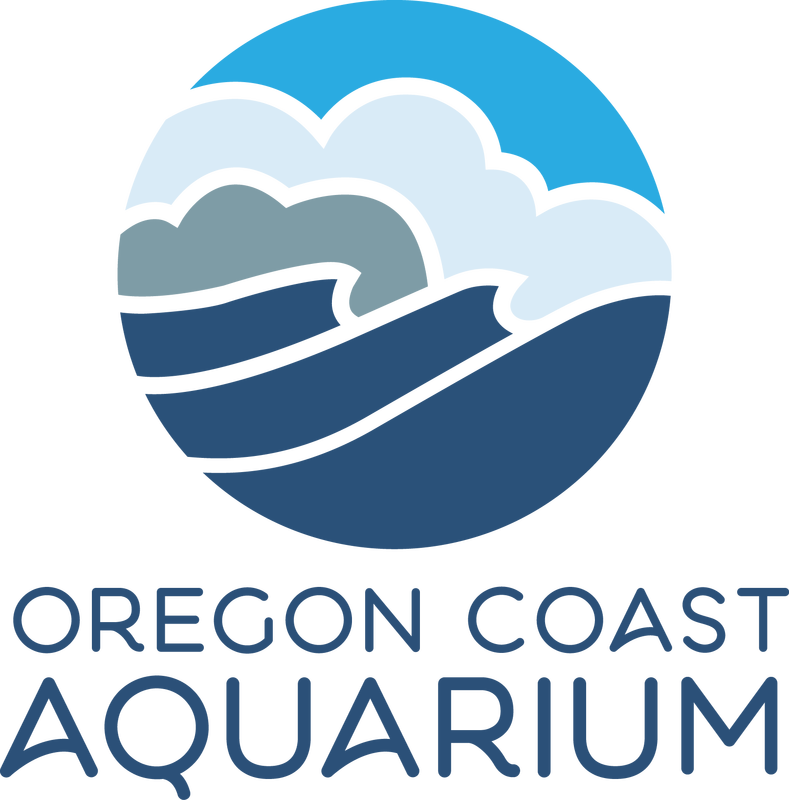EXPLORE > ANIMALS > MAMMALS
Tursiops truncatus
The common bottlenose dolphin is the largest of the beaked dolphins and is identified by its uniform gray coloring, curved dorsal fin and prominent snout — a remanent of a nose from before they evolved the blowhole on the top of their heads. Adult males can grow up to 13 feet long (3.9 m) and females are slightly smaller with a maximum length of 11.5 feet (3.5). Adults can range in weight from 1,100 to 1,400 lbs (498 to 635 kg).
Like most mammals, the common bottlenose dolphin gives birth to live young. Juveniles will generally live out their lives with their parents, siblings and other relatives in groups known as pods. Sometimes pods may join together, forming herds which can number several hundred individuals. Dolphins within these communities work together to hunt or defend against threats; communicating with each other through a complex series of chirps and clicks which are not fully understood by scientists.
This is likely the best known cetacean in the world due to their widespread display in marine parks, movies and television. Their high intelligence and curiosity makes them extremely trainable and they’ve even been used for a variety of U.S. military operations, including locating underwater mines or identifying enemy divers.
Range and Habitat
The common bottlenose dolphin can be found in all parts of the world ocean except for the polar regions. They are rare in Oregon waters due to their preference for warmer waters. Studies conducted in the early 2000s by the National Oceanic and Atmospheric Administration (NOAA) placed their numbers at no more than 1,000 individuals in Oregon waters. This population size can fluctuate widely based on time of year.
Conservation Status
While none of the three subspecies of this dolphin (T. truncatus, T. aduncus and T. australis) are considered threatened, they are considered vulnerable to a variety of factors which may imperil their future survival, including competition with humans for food sources. Like other cetaceans, they are widely protected by numerous laws and international accords. In U.S. waters, the hunting or capture of dolphins is prohibited by the Marine Mammal Protection Act of 1972.
Related Features: Whales, Dolphins and Porpoises of Oregon | Youth Activities: Whale Watching
Tursiops truncatus
The common bottlenose dolphin is the largest of the beaked dolphins and is identified by its uniform gray coloring, curved dorsal fin and prominent snout — a remanent of a nose from before they evolved the blowhole on the top of their heads. Adult males can grow up to 13 feet long (3.9 m) and females are slightly smaller with a maximum length of 11.5 feet (3.5). Adults can range in weight from 1,100 to 1,400 lbs (498 to 635 kg).
Like most mammals, the common bottlenose dolphin gives birth to live young. Juveniles will generally live out their lives with their parents, siblings and other relatives in groups known as pods. Sometimes pods may join together, forming herds which can number several hundred individuals. Dolphins within these communities work together to hunt or defend against threats; communicating with each other through a complex series of chirps and clicks which are not fully understood by scientists.
This is likely the best known cetacean in the world due to their widespread display in marine parks, movies and television. Their high intelligence and curiosity makes them extremely trainable and they’ve even been used for a variety of U.S. military operations, including locating underwater mines or identifying enemy divers.
Range and Habitat
The common bottlenose dolphin can be found in all parts of the world ocean except for the polar regions. They are rare in Oregon waters due to their preference for warmer waters. Studies conducted in the early 2000s by the National Oceanic and Atmospheric Administration (NOAA) placed their numbers at no more than 1,000 individuals in Oregon waters. This population size can fluctuate widely based on time of year.
Conservation Status
While none of the three subspecies of this dolphin (T. truncatus, T. aduncus and T. australis) are considered threatened, they are considered vulnerable to a variety of factors which may imperil their future survival, including competition with humans for food sources. Like other cetaceans, they are widely protected by numerous laws and international accords. In U.S. waters, the hunting or capture of dolphins is prohibited by the Marine Mammal Protection Act of 1972.
Related Features: Whales, Dolphins and Porpoises of Oregon | Youth Activities: Whale Watching





